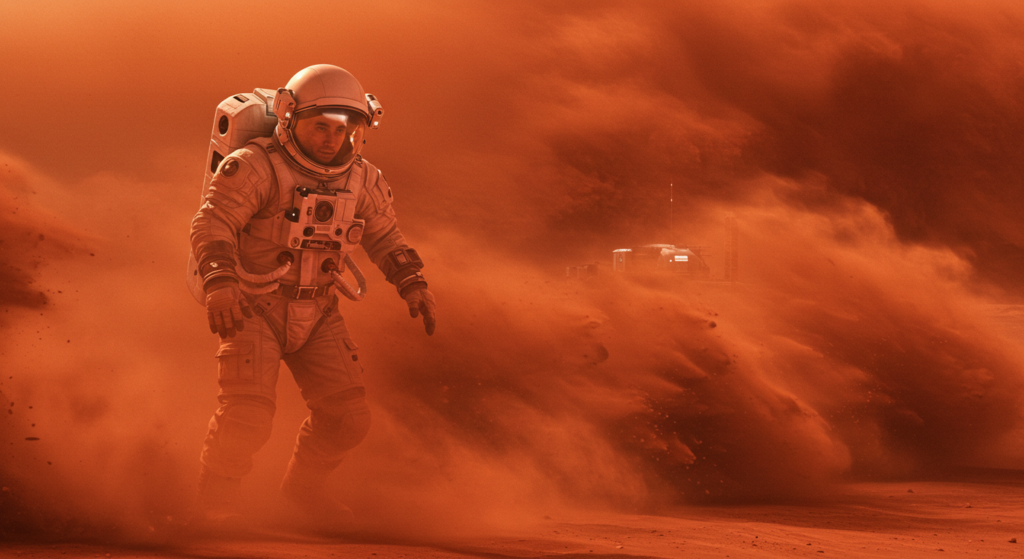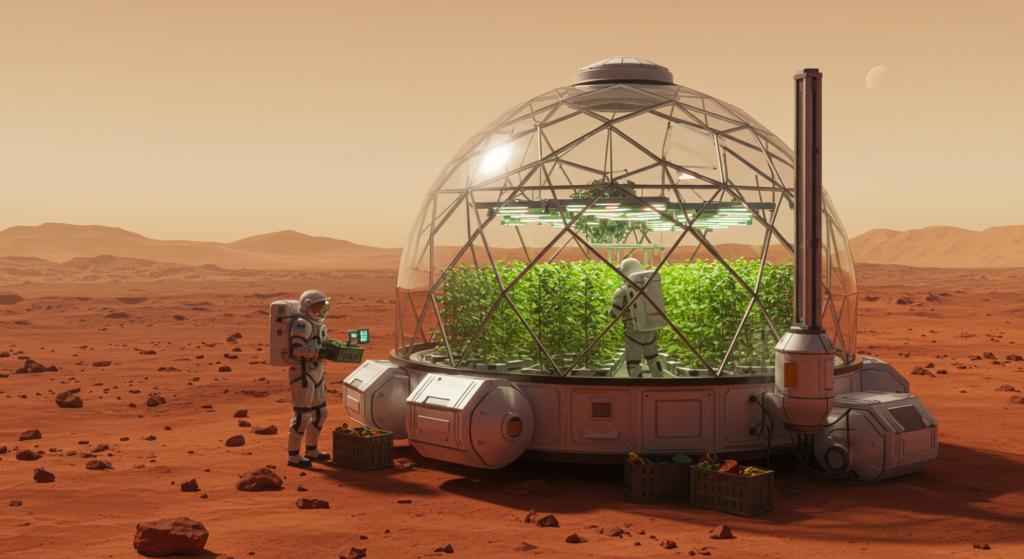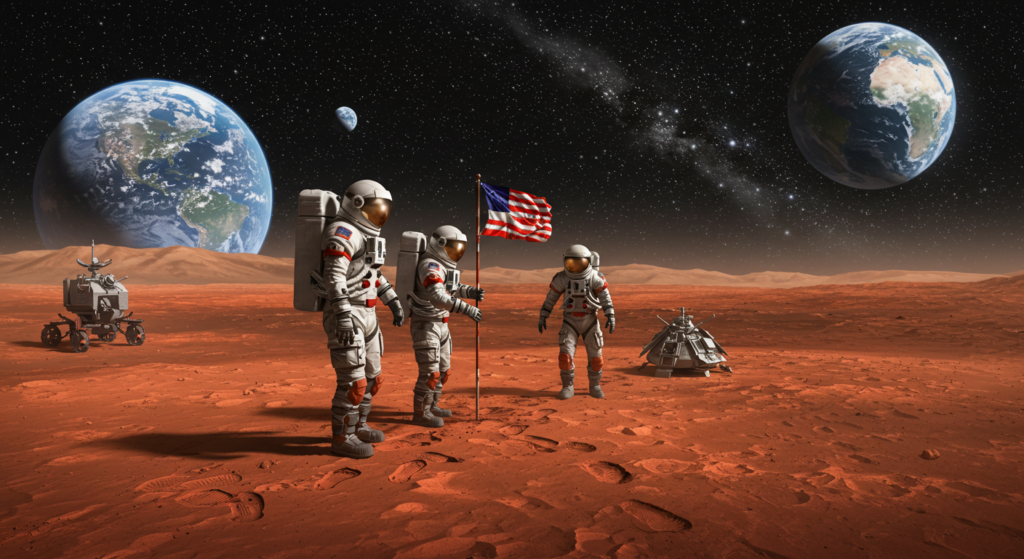The Race to Mars: Can Humans Colonize the Red Planet?
Why Mars?
Mars has long been considered the next frontier for human exploration. Unlike other planets in our solar system, Mars has certain conditions that make it a more viable candidate for colonization. It has a thin atmosphere, evidence of past water sources, and a day length similar to Earth’s. While extreme challenges exist, scientists believe Mars could one day host a permanent human presence.
Current Missions & Future Plans

Various space agencies and private companies are in a race to reach Mars. NASA’s Artemis program aims to establish a lunar gateway as a stepping stone for deep-space exploration, including Mars missions. Meanwhile, SpaceX, led by Elon Musk, has ambitious plans to send the first humans to Mars using the Starship rocket. China, through its CNSA, and other space organizations are also developing strategies for Mars exploration.
Challenges of Living on Mars
Surviving on Mars presents significant challenges:
- Atmosphere & Radiation: Mars has a very thin atmosphere, composed mostly of carbon dioxide, making it unsuitable for human breathing. Additionally, the lack of a magnetic field exposes the planet to high levels of radiation.
- Extreme Temperatures: Mars experiences extreme cold, with average temperatures around -63°C (-81°F).
- Water & Food Supply: While there is evidence of frozen water beneath the surface, extracting and utilizing it remains a challenge. Sustainable food production on Mars is still a major hurdle.
- Mental & Physical Health: The isolation, low gravity, and psychological effects of long-duration missions pose risks to astronauts’ well-being.

Technologies Needed for Colonization
For a sustainable human presence on Mars, several key technologies must be developed:
- Advanced Life Support Systems: Oxygen production, water recycling, and sustainable food growth methods will be crucial.
- Radiation Shielding: Protective habitats and underground shelters may be necessary.
- Energy Solutions: Solar power and possibly nuclear reactors will be essential for generating energy.
- Space Transportation: Reusable spacecraft, like SpaceX’s Starship, are needed to transport humans and cargo efficiently.
When Will Humans Set Foot on Mars?

The timeline for Mars colonization remains uncertain. SpaceX aims to send humans to Mars by the 2030s, while NASA envisions a crewed mission within the same timeframe. However, technological, financial, and political factors will ultimately determine the feasibility of these ambitious plans.
Conclusion
Mars colonization is no longer just a science fiction dream—it is an active pursuit by leading space organizations. While major obstacles remain, continued advancements in space technology bring us closer to the reality of humans setting foot on the Red Planet. The question is not if but when we will become an interplanetary species.

